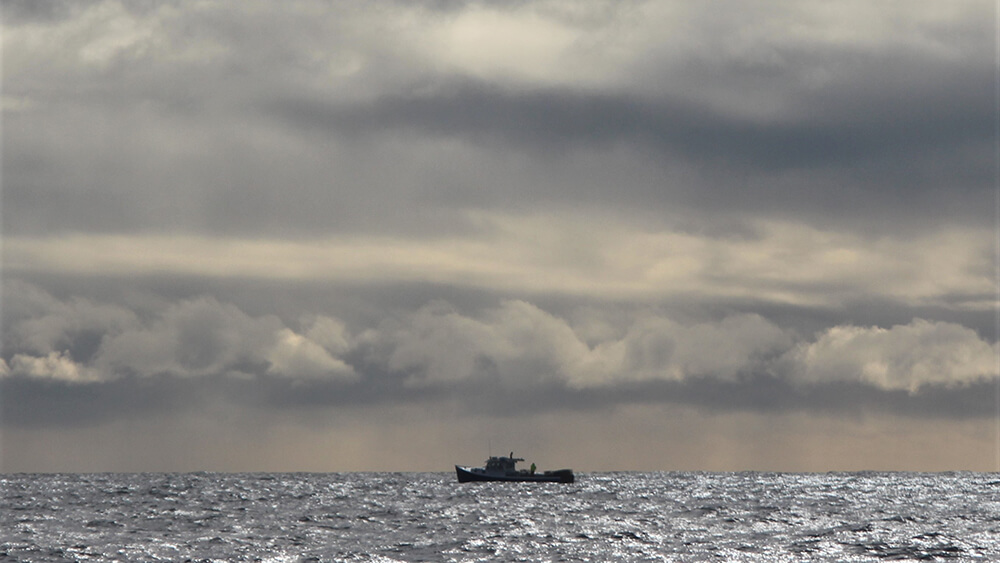Social Sciences – Socioeconomics

In addition to natural sciences, the sanctuaries also conduct social science research and work to understand how sanctuary resources fit into the socio-economic fabric of the region. "Valuing our National Marine Sanctuaries" was released by the Office of National Marine Sanctuaries in 2003.
Economic Contributions of Commercial and For-Hire Recreational Fishing
The Stellwagen Bank National Marine Sanctuary region has been recognized as an important commercial fishing ground for centuries. The report finds that commercial fish landings averaged $19.4 million in the study period of 2007-2016, that the industry supported some 700 jobs, and that the top five fish for landings were cod, lobster, sea scallops, yellowtail flounder, and haddock.
Whale Watching in Stellwagen Bank National Marine Sanctuary: Understanding Passengers and their Economic Contributions
The whale watching community was one of the major supporters of sanctuary creation and Stellwagen Bank is often ranked among the top destinations for that activity. In 2019, the industry hosted approximately 350,000 passengers. This report presents information on for-hire whale watching passengers in Stellwagen Bank National Marine Sanctuary, including their estimated economic contributions.

